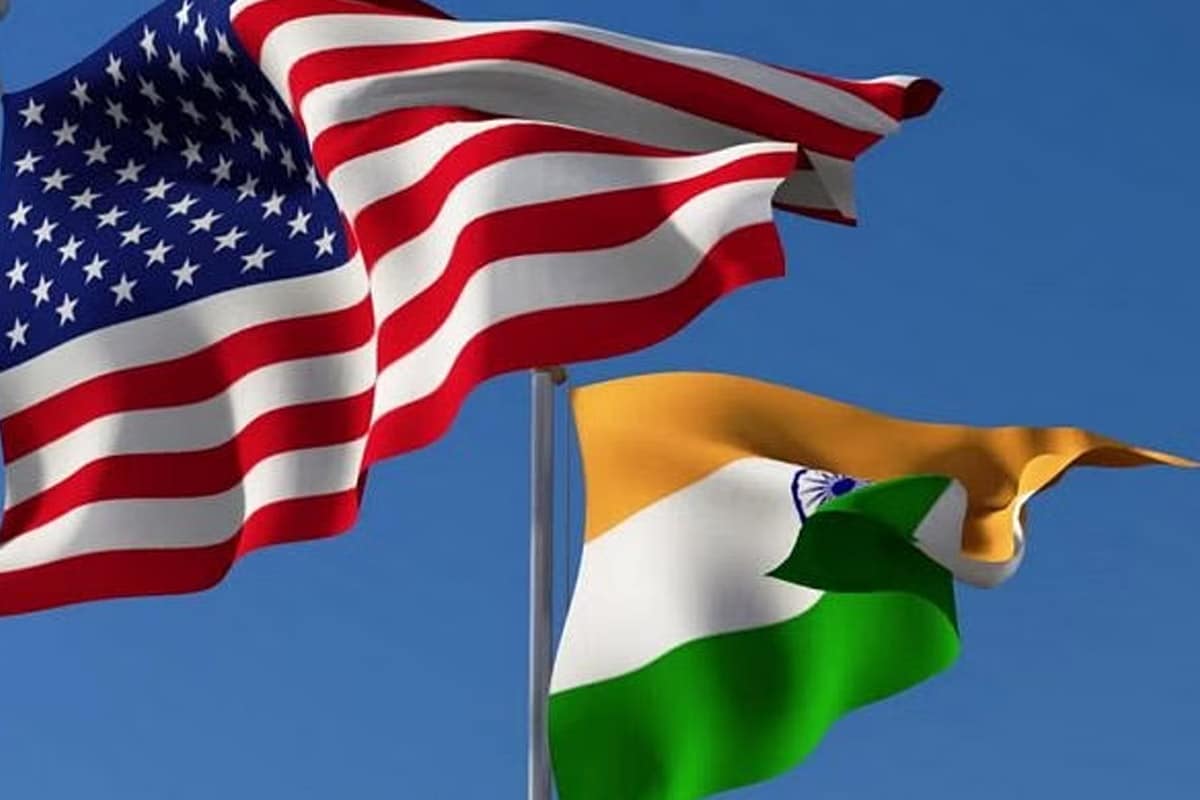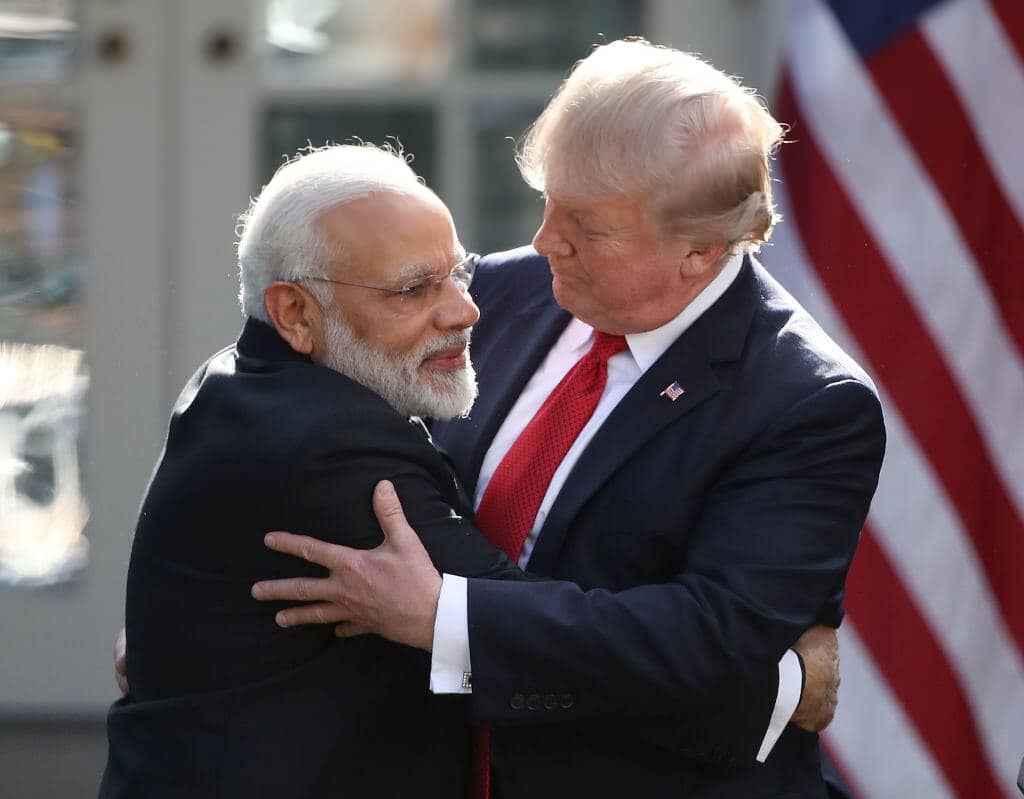Countdown to 2027 has begun. India must pick strategic alliance with US, balance with old friendships
India must dedicate its efforts to solidify Quad as a serious security alliance and signal to the world that it values its values-based relationship with US above transactional ties.
From the battlefields of Ukraine to the streets of Gaza and waters of the South China Sea, the world as we know it is dotted with the clouds of conflict. And conflict, as we know all too well, begets uncertainty—the kind that transcends territorial boundaries and forces nations to rethink entrenched positions and bolster security and strategic alliances.
It is in this context one must view the central premise of this viewpoint: Can India strike that delicate balance, to stand alongside allies with shared values without disturbing bilateral ties with traditional or trade partners?
To answer that question, we must first look at the broader outline of power equations that define the world order as it stands today.
The pre-World War I era was multipolar in the sense that it had seven ‘Great Powers’, namely France, Germany, Great Britain, Italy, Japan, the Soviet Union, and the US. By 1947, following the end of World War II, it was clear that the world was heading toward bipolarity, with the US and its allies on one side and the Soviet Union and its allies on the other. The dissolution of the Soviet Union in 1991 marked a phase the world had never witnessed before—one of unipolarity with America as the hegemonic power.
A section of geopolitical analysts have now come to the conclusion that the world may once again be headed in the direction of bipolarity, with the US as one pole and China the other. The argument, though largely based on Beijing’s overly assertive ‘Wolf Warrior’ diplomacy and ambitious Belt and Road Initiative involving more than 150 countries, is somewhat flawed, given that it will still take decades for China to be able to establish itself as a superpower, both military and in the economic sense.
As Stephen Brooks and William Wohlforth argue in an analysis for Foreign Affairs in April 2023, “The world is neither bipolar nor multipolar, and it is not about to become either.” They go on to state that while US dominance has indeed diminished over the past two decades, but it continues to remain “at the top of global power hierarchy” on nearly every metric that counts—from GDP and annual military spending to percentage of global profits in a particular industry, or payments for the use of intellectual property. What then about multipolarity, of which India is a vocal advocate?
As American political scientists Thomas J. Christensen and Jack Snyder argued in a paper published in the journal International Organization in the Spring of 1990, in multipolarity, states are said to be “structurally prone to either of two opposite errors that destabilise the balancing system”.
“On the one hand, they may chain themselves unconditionally to reckless allies whose survival is seen to be indispensable to the maintenance of the balance… On the other hand, they may pass the buck, counting on third parties to bear the costs of stopping arising hegemon.”
This criticism of multipolarity came to be known as the ‘chain gangs and passed buck’ argument.
With those factors in mind, India must dedicate its efforts to solidify Quad as a serious security alliance over the next three years and signal to the global community that it favours a unipolar world with free society, free markets and a democratic system of government as the guiding stick.
It is also vital for New Delhi to take note that its relationship with the US is value-based and supporting the idea of a unipolar world, with the American system at its core is crucial to India’s security and economy.
That the US is the global leader in tech, finance and security besides the fact that the American dollar was, is and will likely continue to be the most commonly held reserve currency, is reaffirmation of the scope of this “comprehensive global strategic” partnership.
It is equally important to note here that the world is getting increasingly polarised between free, capitalist democracies and authoritarian governments with a penchant for excessive economic control. China is a case in point, Turkey is another example. Needless to say, India falls squarely in the free democracies camp with a thriving free market economy.
That is not to say India must pick a side or be seen as taking one. It need not oppose the Russian or Chinese systems, given the significant economic and people-to-people ties. Similarly, India cannot afford to ignore its trade with China, Russia or for that matter, Iran. But the time perhaps is right for New Delhi to take stock of how mindful it is about the realities of today’s global order and how far it can go to defend its strategic autonomy.
For India, striking that balance between transactional ties and values-based relationships will be the ultimate test of diplomatic and strategic prowess.
On their part, the US and European Union must convince India to remain in their camp through mindful diplomacy and mutual respect for unilateral interests—put simply, acknowledging and understanding India’s priorities.
For it is now beyond the realm of discussion that we stand on the cusp of a defining decade and recalibrations effected now will chart the course of the remainder of the 21st century. It is therefore crucial for the US, India and other like-minded nations to realise that the countdown to 2027 has begun.
Published on https://theprint.in/opinion/countdown-to-2027-has-begun-india-must-pick-strategic-alliance-with-us-balance-with-old-friendships/2338916/ at 02 November, 2024



